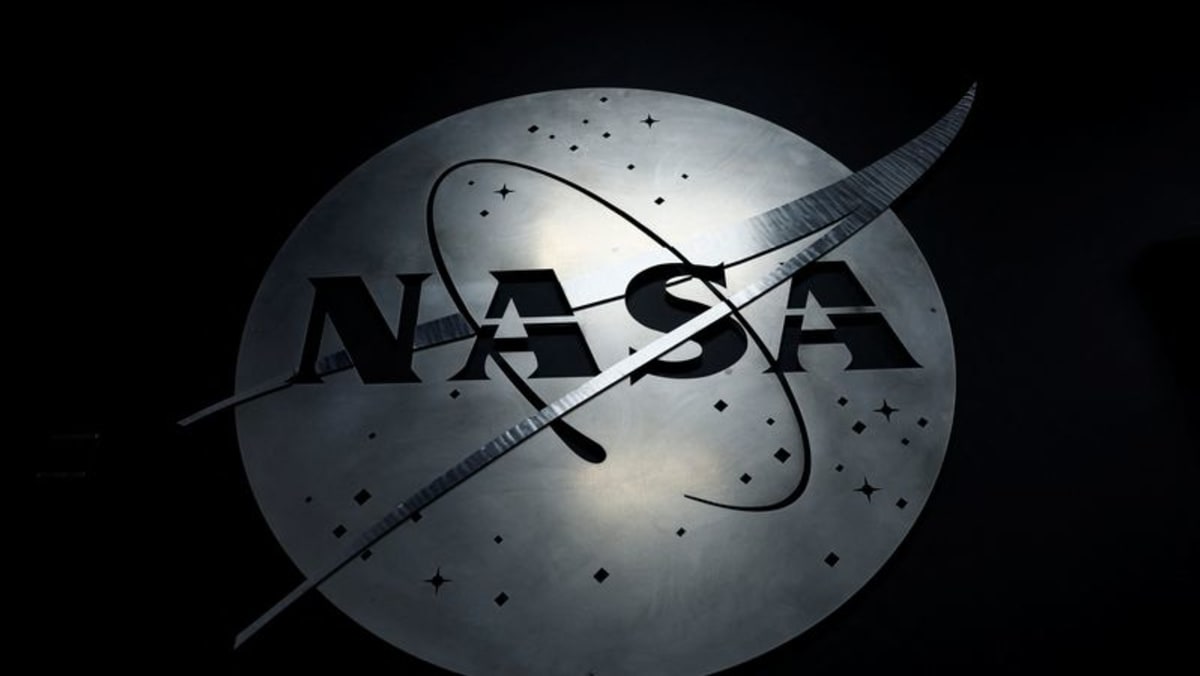WASHINGTON :U.S. President Donald Trump’s budget proposal seeks to axe key parts of NASA’s moon program with a $6 billion cut for the space agency’s 2026 budget, but provides a boost to the Mars-focused agenda pushed by billionaire SpaceX CEO Elon Musk.
The outline of Trump’s proposed 2026 budget, released on Friday, would cancel NASA’s over-budget Space Launch System (SLS), a gigantic rocket built by Boeing and Northrop Grumman, and its Lockheed Martin-built Orion crew capsule after their third mission in 2027 under the agency’s Artemis program.
Cutting 24 per cent of NASA’s current $24.8 billion budget, the proposal threatens to cancel major science programs affecting thousands of researchers worldwide. It would upend active contracts defended for years in Washington by an array of established NASA contractors and overturn missions and programs in which U.S. allies play key roles, such as the European Space Agency, Canada and Japan.
Nearly all parts of NASA face deep cuts except for its human exploration portfolio, in which the administration proposed a $1 billion boost for “Mars-focused programs.” This portends a major revision to the Artemis effort that leans toward SpaceX CEO Musk’s vision to send humans to the Red Planet.
A White House budget summary called SLS and Orion “grossly expensive” that have far exceeded their budgets. Critics called the cuts, including a 47 per cent cut to NASA’s science budget, “a historic step backward” for the country’s space efforts.
The Artemis program, spawned by Trump’s first administration, aims to return humans to the moon before Chinese astronauts get there in 2030. Seeing the lunar surface as a testbed for later Mars missions, Artemis has grown into a multibillion-dollar effort on the frontline of an emerging global space race, involving dozens of private companies and countries.
Trump’s new administration has fixated on getting humans to Mars, the long-sought destination for Musk, the president’s outgoing adviser who spent $250 million on Trump’s campaign to return to the White House.
SpaceX’s Starship rocket, a multi-purpose behemoth at the center of Musk’s Mars vision, is contracted to land NASA astronauts on the moon in 2027 as one of several vehicles involved in the program, such as the SLS and Orion duo that work together to get astronauts off Earth.
“The Budget phases out the grossly expensive and delayed Space Launch System (SLS) rocket and Orion capsule after three flights,” the budget summary said, noting SLS’s per-launch pricetag of $4 billion. The rocket’s development cost of roughly $23 billion since 2010 is “140 per cent over budget,” it added.
“The Budget funds a program to replace SLS and Orion flights to the Moon with more cost-effective commercial systems that would support more ambitious subsequent lunar missions,” the summary added.
“This proposed cut would represent a historic step backward for American leadership in space science, exploration, and innovation,” the Planetary Society, a space policy organization founded by famed scientist Bill Nye, said, referring to Trump’s overall budget reduction.
The budget plan mentioned a parallel moon and Mars mission agenda, appearing to balance intense pressure from Congress and the space industry to keep the moon program with calls from Musk’s circle to prioritize a Mars program.
Trump’s nominee for NASA explained similar ideas during his confirmation hearing last month. Jared Isaacman, a billionaire private astronaut and SpaceX customer, was expected to receive a Senate vote later this month to become NASA administrator.
MULTI BILLION-DOLLAR CONTRACTS AT STAKE
Lockheed Martin is contracted to build Orion crew capsules to Artemis 8, representing at least $4 billion that face potential termination.
The company is currently building the Orion spacecraft for Artemis 4, Kirk Shireman, Lockheed’s vice president of human space exploration, told Reuters on Thursday before the budget plan announcement.
“We are working to even accelerate our work production for Artemis 3, 4, 5 and beyond, and NASA has been working with us and encouraging us to continue doing that,” Shireman said.
The budget would cancel the Gateway station, a research station and transfer point between spacecraft launching from Earth and landers descending to the moon’s surface. Gateway was designed to orbit near the moon and due for initial deployment in Artemis 4.
Northrop Grumman has a $935 million NASA contract to provide a Gateway module that was delivered last month by subcontractor Thales Alenia Space. Northrop has taken roughly $100 million in charges on the program, securities filings show.
It was unclear what lunar missions Trump’s NASA is planning after Artemis 3, though they likely would favor rockets built by SpaceX and Jeff Bezos’ Blue Origin, which is also building a moon lander due to be used on later Artemis missions.
Last year, NASA and Japan signed an agreement to include Japanese astronauts on a future Artemis moon mission, a significant step in the U.S.-Japan alliance that would put the first Asian astronaut on another celestial body.
NASA said Gateway components already built can be repurposed for other missions and that “international partners will be invited to join these renewed efforts.”













